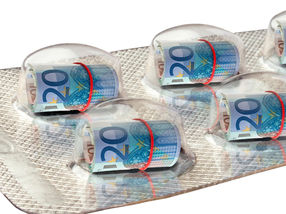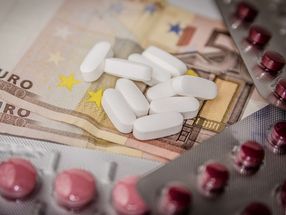Significant overall survival benefit observed with radium 223 in patients with castration-resistant prostate cancer
Advertisement
Algeta ASA announced that data from the pivotal phase III ALSYMPCA (ALpharadin in SYMptomatic Prostate CAncer) trial of its drug radium Ra 223 dichloride (radium 223) in castration-resistant prostate cancer (CRPC) patients with symptomatic bone metastases and no known visceral metastatic disease are published in the New England Journal of Medicine (NEJM). These data supported the US Food and Drug Administration (FDA) approval of radium 223 (Xofigo® injection) in May 2013.
In ALSYMPCA, radium 223 reduced the risk of death by 30.5 percent compared to placebo, a significant risk reduction (HR=0.695). This overall survival (OS) benefit was observed in patients who were treated with the chemotherapy docetaxel prior to study enrollment and in those who were not. All patients in the study were treated with best standard of care in addition to radium 223 or placebo. Researchers performed both a pre-planned interim analysis (n=809) and an updated analysis (n=921) in this study. The overall survival benefit was the same in both analyses.
“Radium 223 is an entirely novel treatment for men with advanced prostate cancer that has spread to the bone,” said Dr Chris Parker, Consultant in Clinical Oncology at The Royal Marsden Hospital and The Institute of Cancer Research (London, UK), principal investigator of the pivotal ALSYMPCA trial, and lead author of the NEJM paper. “The overall survival benefit observed with radium 223 represents great progress for CRPC patients with bone metastases, and these data showing significant overall survival, regardless of prior treatment with chemotherapy, add to our knowledge about the potential use and benefit of radium 223 in these patients.”
Original publication
Parker, C. et al.; "Alpha Emitter Radium-223 and Survival in Metastatic Prostate Cancer."; New England Journal of Medicine 2013; 369;3.








































